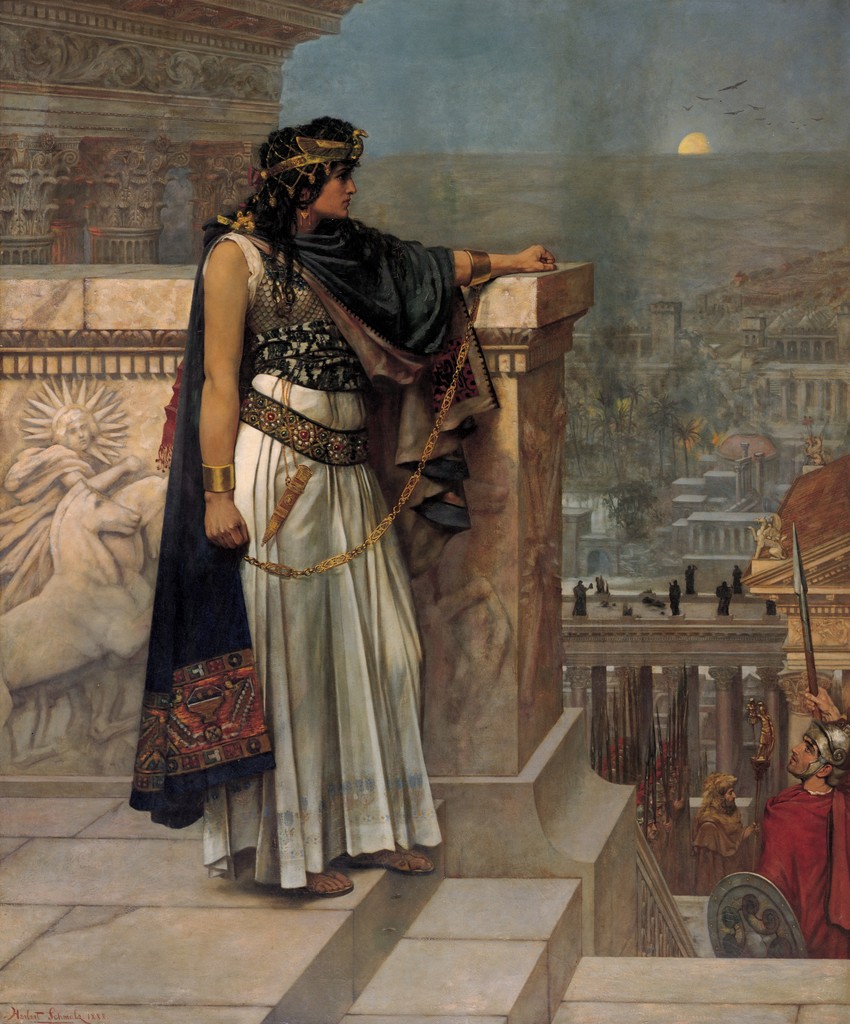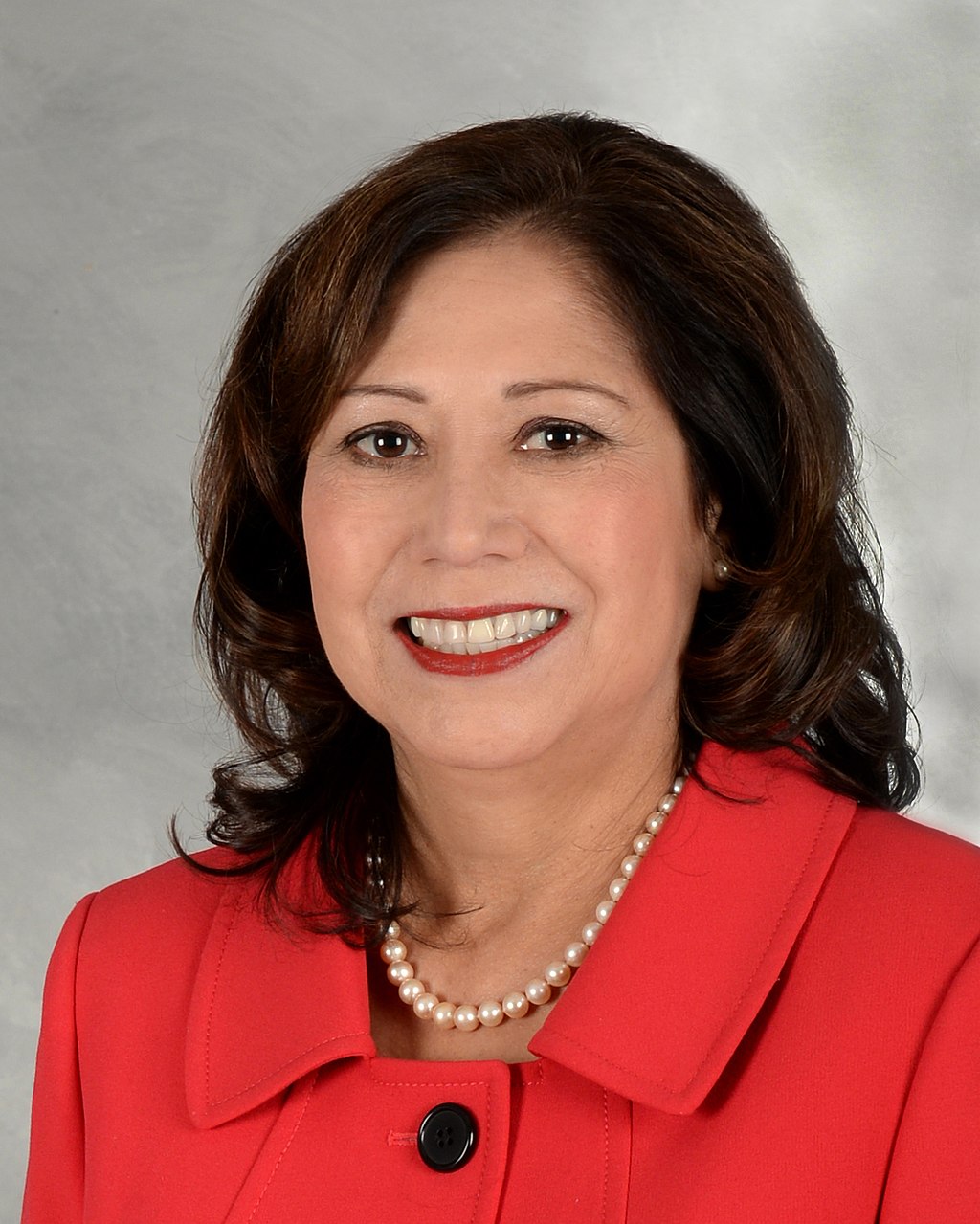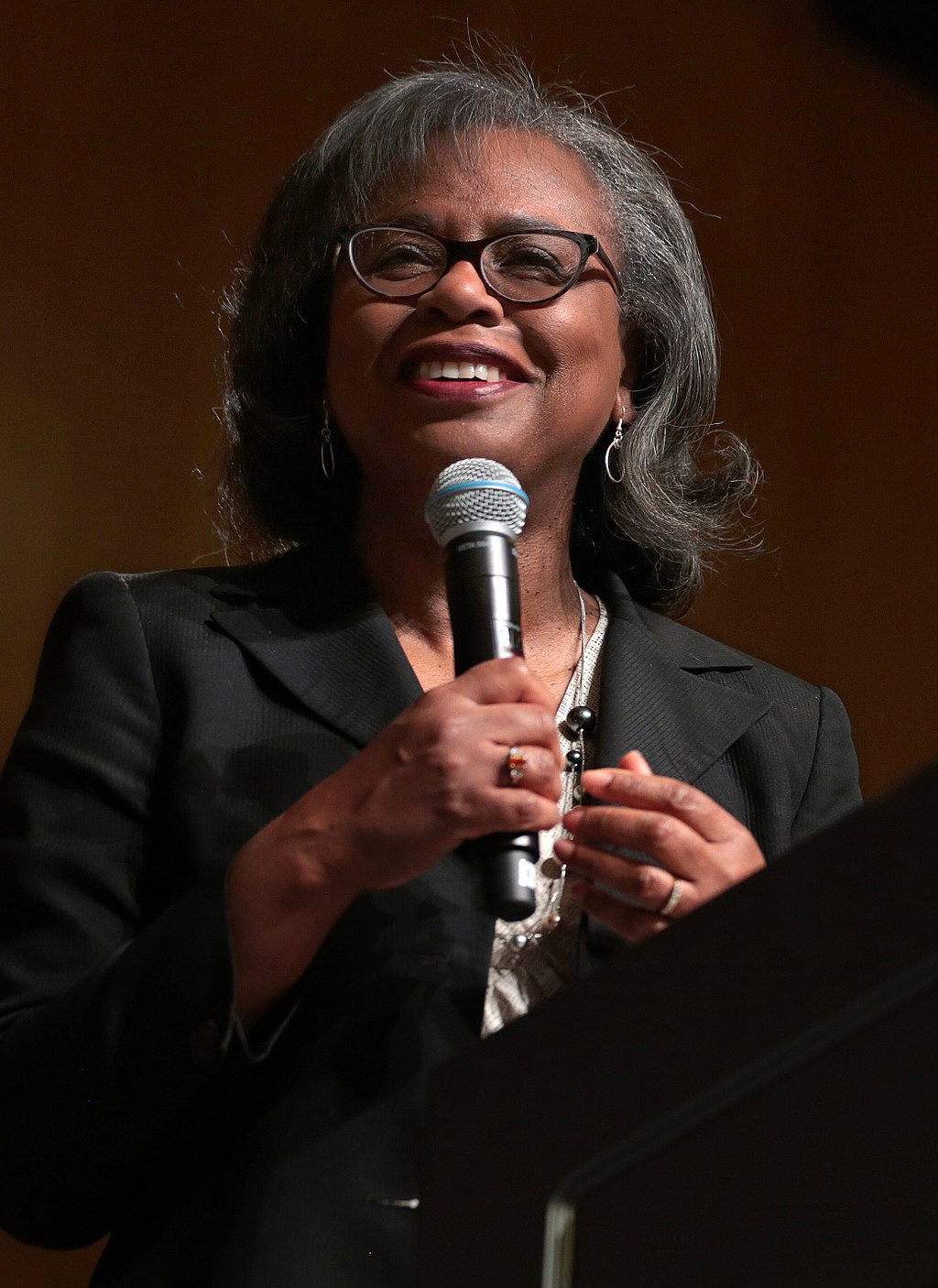Marpesia, “The Snatcher,” was the ruler of the Scythian Amazons along with Lampedo. In frenzies, Maenads were fierce creatures, not to be toyed with, especially after a few nips of ritual new grape wine, Marpesia wrestled and tore off the head of her own son, Pentheus, in one of her ecstasies, mistaking him for a lion. She then paraded around proudly holding his decapitated head up for all to see. Her husband met a similar end in another rite. Agave was a Moon-Goddess and was in charge of some of the revelries that were the precedent for Dionysus’ cult. Euripides celebrated the ferocity of Agave and her fellow Maenads, Ino and Aunonoë, in his Bacchae, as soldiers report how “we by flight hardly escaped tearing to pieces at their hands” and further describe the shock of witnessing the semi-divine females tearing young bulls limb from limb with their terrible “knifeless fingers.” In his version, Pentheus died while trying to spy on the private ritual of the Maenads in transvestite disguise.
Aba was a warrior who ruled the city of Olbe in the nation of Tencer around 550 B.C. She got support from some very high places such as the likes of Cleopatra VII and Marc Anthony! Tencer remained a matriarchy after her rule, passing to her female descendants.
Abra was Artemesia’s (Queen of Caria and military advisor to Xerxes) sister and a warrior-queen (circa 334 B.C.) in her own right. The brilliant military strategist Alexander helped her regain her throne from her invasive brother. She led and triumphed in the siege of the capital’s acropolis, after which she was able to take the city. Her ferocity was aided by the intense emotions of
a cross-gender civil war within her family, “the siege having become a matter of anger and personal enmity,” according to Strabo.
Hercules was the fiercest, that is, until he ran up against Admete, aka “The Untamed,” who bested him and made him serve the Goddess Hera, the wife of Zeus who detested Hercules. Hera rewarded Admete for her loyalty and excellence by appointing her head priestess of the island refuge Samos; Admete, in turn honored by her Goddess with her evangelical fervor, expanding the territory of Hera’s woman cult to the far reaches of the ancient world.
Aëllopus was a Harpy who fought the Argonauts; her name means “Storm-Foot.”
Cratesipolis was Queen of Sicyon around 300 B.C. She stood in battles beside her husband, the famous Alexander the Great, and fought on even after he died. She ruled several important Greek cities very successfully and managed a vast army of soldier-mercenaries. She went on to take Corinth for Ptolemy and nearly married him, but the plans fizzled.
Larina was an Italian Amazon who accompanied Camilla in the Aeneid along with fellow comrades-in-arms, Tulia, Acca, and Tarpeia. According to Silver Latinist poet Virgil, “they were like Thracian Amazons when they make the waters of Thermodon tremble and make war with their ornate arms, either around Hippolyte or when warlike Penthesilea returns in her chariot and the female armies exult, with a great ringing cry and the clashing of crescent-shaped shield.”
Rhodogune, queen of ancient Parthia in 200 B.C., got word of a revolt when she was taking a bath. Vowing to end the uprising before her hair was dressed, she hopped on her horse and rushed to lead her army to defense. True to her word, she directed the entire, lengthy war without ever bathing or combing her hair. Portraits of Rhodogune always faithfully depict her dishevelment. (Another queen of the ancient world, Semiramis, also pulled herself from the bath to the battlefield act when her country needed a brave leader.)
Of the royal lineage of Cleopatra, Zenobia Septimus preferred the hunt to the bath and boudoir. She was queen of Syria for a quarter-century beginning in 250 A.D. and was quite a scholar, recording the history of her nation. She was famed for her excellence on safari, specializing in the rarified skill of hunting panthers and lions.
When the Romans came after Syria, Zenobia disgraced the empire’s army in battle, causing them to turn tail and run. This inspired Arabia, Armencia, and Periso to ally with her and she was named Mistress of Nations. The Romans licked their wounds and enlisted the help of the barbarians they conquered for a Roman army including Goths, Gauls, Vandals, and Franks who threatened to march against Zenobia’s league of nations. When Caesar Aurelius sent messengers requesting her surrender, she replied, “It is only by arms that the submission you require can be achieved. You forget that Cleopatra preferred death to servitude. When you see me in war, you will repent your insolent proposition.” And battle they did. Zenobia fought bravely, holding her city Palmyra against the mass of invaders for longer than anyone thought possible. Upon her capture, Zenobia was taken to Rome in chains, jewels, and her own chariot, and she was given her own villa in Rome where her daughters intermarried into prominent families who ruled Rome.
Boudicca’s name means “victorious” in the language of the Celts. She is the legendary warrior-queen of the Iceni of Norfolk who led a rebellion against the invading Romans in the year 61 A.D., and sacked the Roman’s settlements, including Verulamium and Londinium, which she put to the torch. She took the lives of 70,000 Romans in her battles and was reputed to be “tall of person, of a comely appearance, and appareled in a loose gown of many colors. About her neck she wore a chain of gold, and in her hand she bore a spear. She stood a while surveying her army and, being regarded with a reverential silence, she addressed them an eloquent and impassioned speech.” She died in battle at her own hand, taking poison rather than be killed by an enemy of the Celts. Many women fought to defend their land and culture; the Celtic army consisted of more women than men!
This excerpt is from The Book of Awesome Women by Becca Anderson which is available now through Amazon and Mango Media.










